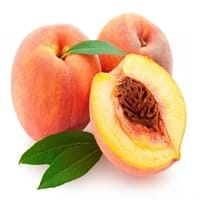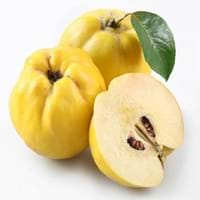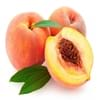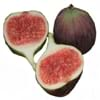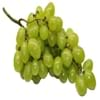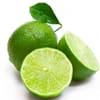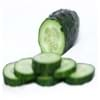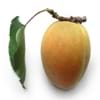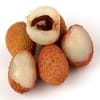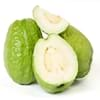Health Benefits
Cancer prevention, Heart care, Improves eye vision, Reduces stress, Regulation of heart rate
Cancer prevention, Cures gastro-intestinal troubles, Reduces nervous tension, Ulcer prevention
General Benefits
Anti oxidant properties, Eye care
Anti oxidant properties, Anti-inflammatory properties, Boosts immune system, Controls blood pressure, Digestive aid, Eye care, Helps in weight loss, Improves blood circulation, Maintains healthy cholesterol level
Skin Benefits
Heals sunburn, Reduces wrinkles, Treatment of skin diseases
Anti-aging benefits, Reduces wrinkles
Hair Benefits
Prevents hair loss
Regulates hair growth
Allergy Symptoms
Abdominal pains, Anaphylaxis, Breathing difficulty, Diarrhea, Dizziness, Hives, Itching, Lightheadedness, Nasal congestion, Nausea, Swelling of mouth, tongue or lips, Tingling sensation in mouth, Vomiting, Wheezing
NA
Side Effects
Allergic reaction
Allergic reaction
Best Time to Eat
As a snack in the late afternoon, Eat the fresh ones, avoid mixing with any other foods, don't eat after meal., Morning time (before lunch)
As a snack in the late afternoon, Don't consume at night and before bed, Eat the fresh ones, avoid mixing with any other foods, don't eat after meal., Morning time (before lunch)
Vitamin B5 (Pantothenic Acid)
Vitamin C (Ascorbic Acid)
Vitamin E (Tocopherole)
Not Available
Vitamin K (Phyllochinone)
Not Available
Lutein+Zeaxanthin
Not Available
Phytosterol
Not Available
Calories in Fresh Fruit with Peel
Calories in Fresh Fruit without Peel
Not Available
Not Available
Calories in Frozen Form
Not Available
Calories in Canned Form
Not Available
Type
Tree fruit
Tree fruit
Season
Autumn, Summer
Winter
Varieties
Reliance, Sweet Scarlet, Spring Snow, Sugar May, Santa Rosa, Red Beauty, Glowhaven, Cresthaven and Redhaven Peaches
Meech’s Prolific, Lusitanica, Champion and Vranja AGM
Color
Pink, Red, White, Yellow, Yellowish-orange
Green, Yellow
Inside Color
Yellow
White
Origin
China
Iran, South-West Asia, Turkey
Soil Type
Sandy loam, Well-drained
Loam, Well-drained
Climatic Conditions
Cold, Warm
Warm
Facts about
- In china, peaches are considered as a symbol of good luck.
- From 1982, august is National peach month in USA.
- In roman times, Peaches were also called as Persian apples, as people assumed that they originated from Persia.
- Due to its strong & fruity aroma, brides consumed quince to ensure "perfumed lips".
- It is also called as ‘Pear of Cydonia’, being native to Caucasus and Iran.
- They call it as the ‘golden apple’ of Greek Mythology.
Top Producer
China
Turkey
Other Countries
Greece, Italy, Spain, United States of America
Algeria, Argentina, Azerbaijan, China, Iran, Morocco, Serbia, Spain, Uzbekistan
Top Importer
Germany
United States of America
Top Exporter
Spain
Argentina
Botanical Name
Prunus persica
Cydonia oblonga
Synonym
Not Available
C. vulgaris
Subkingdom
Tracheobionta
Tracheobionta
Division
Magnoliophyta
Magnoliophyta
Class
Magnoliopsida
Magnoliopsida
Species
P. persica
C. oblonga
Difference Between Peach and Quince
We might think that Peach and Quince are similar with respect to nutritional value and health benefits. But the nutrient content of both fruits is different. Peach and Quince Facts such as their taste, shape, color, and size are also distinct. The difference between Peach and Quince is explained here.
The amount of calories in 100 gm of fresh Peach and Quince with peel is 39.00 kcal and 57.00 kcal and the amount of calories without peel is Not Available and Not Available respectively. Thus, Peach and Quince belong to Low Calorie Fruits and Low Calorie Fruits category.These fruits might or might not differ with respect to their scientific classification. The order of Peach and Quince is Rosales and Rosales respectively. Peach belongs to Rosaceae family and Quince belongs to Rosaceae family. Peach belongs to Prunus genus of P. persica species and Quince belongs to Cydonia genus of C. oblonga species. Beings plants, both fruits belong to Plantae Kingdom.
